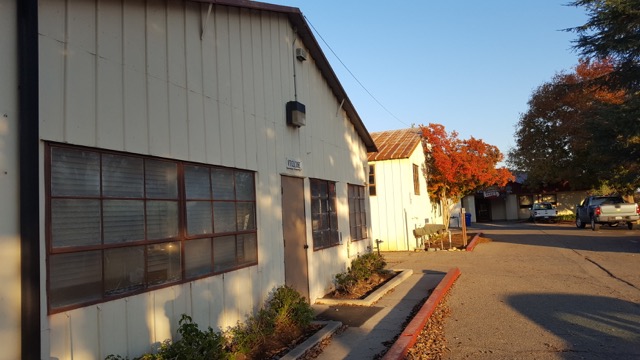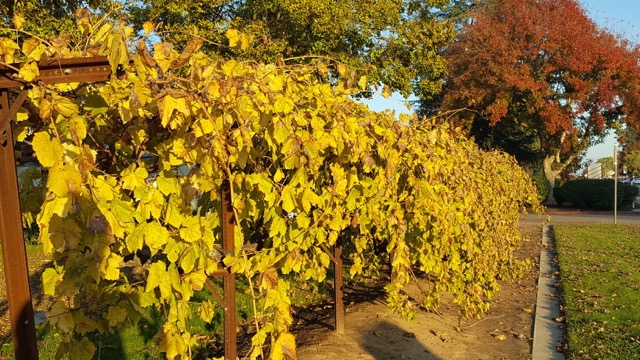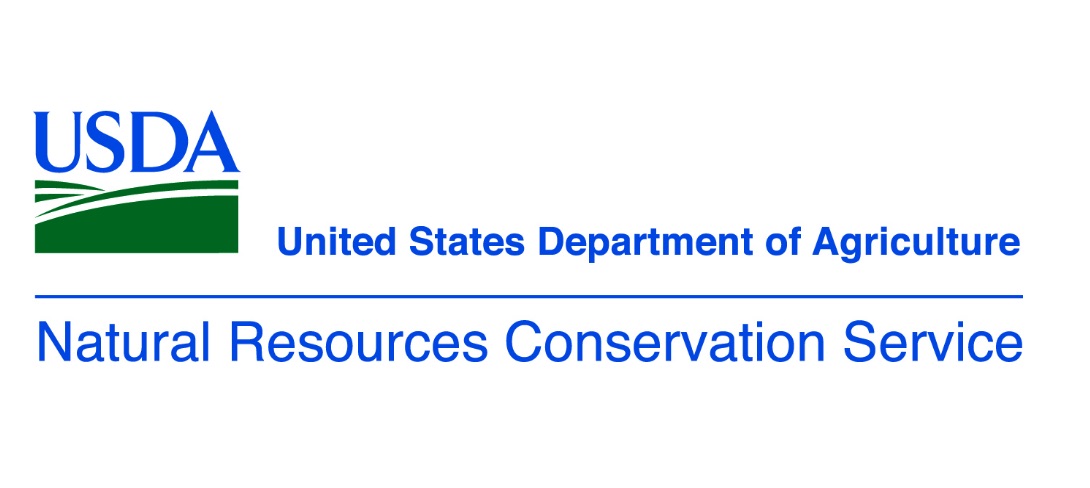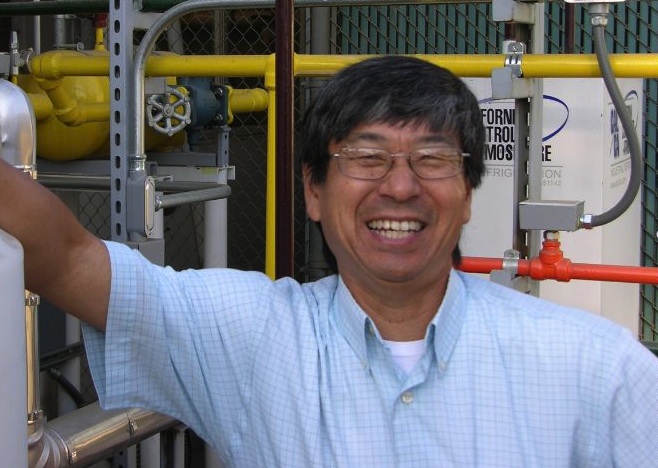Central Valley Innovation & Entrepreneurship Forum, Nov. 1, 2018
Big Event Expands Innovation In Water and Energy Savings
By Patrick Cavanaugh, Editor
Following the success of last year’s Innovation and Entrepreneurship event, the Forum will take place on Thursday, November 1, 2018, at the Clovis Veterans Memorial District.
The Forum combines the Central Valley Venture Forum and Central Valley Stock Exchange – two events that in the past have shaped the entrepreneurial landscape in the valley and became the most significant event for innovation and entrepreneurship in the Central Valley.
Laura Ramos is the Communications and Marketing Manager for the Water, Energy, and Technology (WET) Center at CSU Fresno. She noted that Forum has three distinct sections.
“First, we want anybody that’s interested in entrepreneurship and investment to come and learn about entrepreneurship and what technologies and services are available to them and just to learn about investment opportunities for them,” Ramos said.
Secondly, there is the popular Showcase for Ag Tech Entrepreneurs with a goal of saving water and energy on the farm. “Applications are due Sept. 15th. And from those that apply, we’re going to select the top five. And representatives from these five companies are going to get to pitch at the forum,” Ramos said. “And while they pitch, we have a panel of investors and judges that will select the winner. The winner will receive an award either from the investor and the judge’s award, or a potential investment from an angel group.”
Thirdly, is what’s known as the Central Valley Stock Exchange. It’s very similar to a trade show where your company can exhibit. However, the exhibitors are vying for Bulldog dollars from the audience. Ramos said $1 million of bulldog “monopoly” money is given to each person that attends. “The entrepreneur’s job is to try to get the most investment from the attendees. And at the end of the night, the company with the most bulldog investment dollars gets to win the audience award.
For more information on the Central Valley Innovation & Entrepreneurship Forum go to cvieforum.com.


























